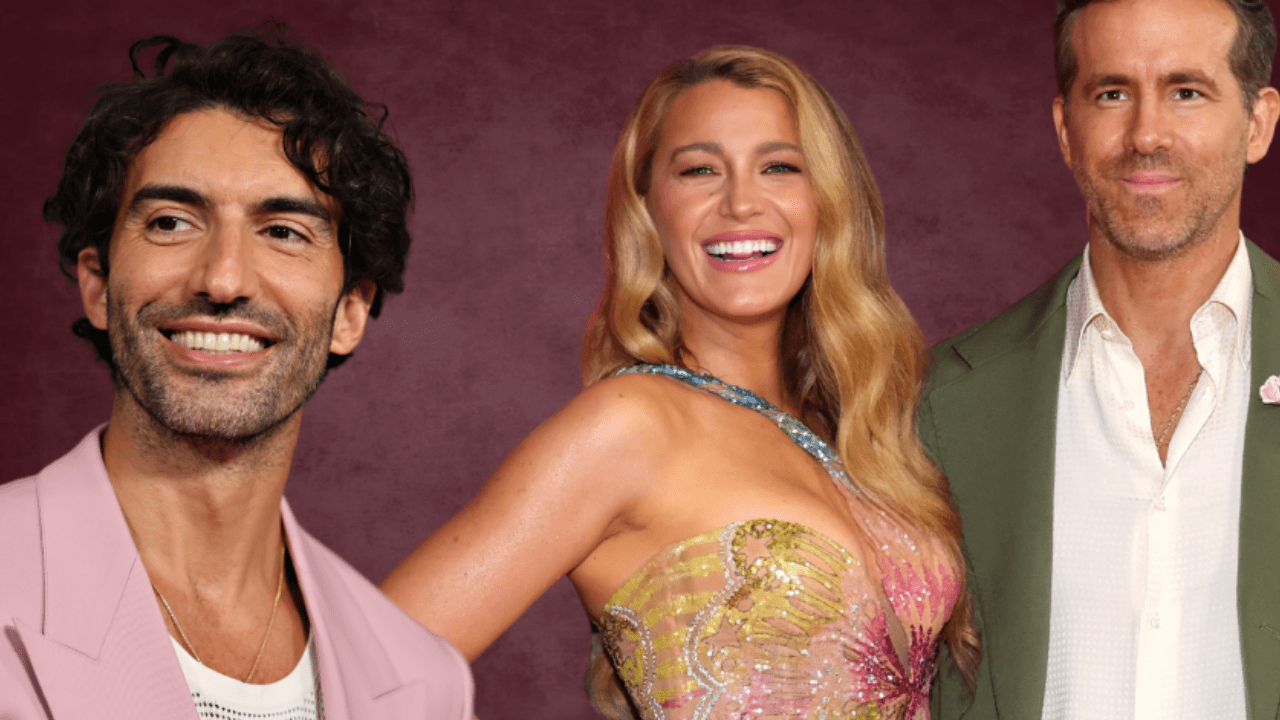In a dramatic turn of events that has captured the attention of Hollywood and beyond, actor and director Justin Baldoni finds himself at the center of a high-stakes legal showdown. The legal confrontation, which involves actress Blake Lively, the New York Times, and even Lively’s husband Ryan Reynolds, is more than just a celebrity scandal—it’s a revealing case about power, media, and legal protections in the entertainment industry.
This article explores the full scope of the Justin Baldoni lawsuit, breaking down the background, legal arguments, court decisions, and potential ramifications for the industry.
What Sparked the Justin Baldoni Lawsuit?
The origins of this high-profile legal battle trace back to December 2024, when Blake Lively filed a lawsuit in New York, accusing Justin Baldoni of sexual harassment on the set of the film It Ends With Us. According to Lively, Baldoni not only created a hostile work environment but also retaliated against her by attempting to damage her reputation when she came forward with the allegations.
These claims sent shockwaves across Hollywood, particularly given Baldoni’s reputation for championing progressive values and advocating for gender equality. The film, adapted from Colleen Hoover’s bestselling novel, was expected to be a landmark project for both stars. However, Lively’s lawsuit changed the narrative dramatically.

Justin Baldoni’s $400 Million Counter-Lawsuit
In response to the accusations, Justin Baldoni filed a stunning $400 million counter-lawsuit against Blake Lively. His legal team accused her of defamation, wrongful extortion, and irreparable reputational damage. The counter-complaint also named Ryan Reynolds and Lively’s publicist, alleging a coordinated attempt to coerce him into changing terms of the movie’s production through threats and media manipulation.
Baldoni asserted that the allegations were not only false but part of a deliberate strategy to apply pressure during contractual negotiations. He argued that the reputational harm caused by these public accusations was significant, potentially jeopardizing his future projects and business relationships.
The Role of The New York Times
Adding to the complexity, The New York Times was included in Baldoni’s lawsuit for allegedly publishing defamatory information about him. Baldoni claimed that the publication acted with “actual malice,” a legal term that implies the deliberate spread of falsehoods with knowledge or reckless disregard for the truth.
However, as the court would later determine, these accusations against the Times did not hold up under scrutiny.

Judge’s Ruling: Major Claims Dismissed
In a major setback for Justin Baldoni, a New York judge recently dismissed most of his $400 million lawsuit. Here’s how the key claims fared:
1. Defamation Claim
The defamation claim was dismissed on the grounds of legal privilege. The judge ruled that Blake Lively’s statements were made within the context of a legal proceeding, which provides her with protection under U.S. law. In simpler terms, anything said in an official court document is typically shielded from defamation suits.
2. Extortion Allegation
The court also rejected Baldoni’s assertion that Lively’s legal and contractual demands amounted to extortion. The judge stated that what Baldoni viewed as coercion was, in fact, legitimate contract negotiation. There was no evidence to support that Lively or her representatives had engaged in criminal behavior.
3. Claims Against The New York Times
Baldoni’s argument against the Times failed due to the high bar set for public figures in defamation cases. The judge ruled that there was no proof the newspaper acted with actual malice. The reporting was deemed consistent with journalistic standards and based on publicly available legal filings.

What Claims Are Still Alive?
Despite the sweeping dismissals, Baldoni has not lost all legal ground. The judge granted him the opportunity to amend and resubmit a portion of his case related to “interference with contractual relations.”
This specific claim alleges that Lively and her team unlawfully disrupted his professional agreements by making false accusations during sensitive production negotiations. Baldoni has until June 23, 2025, to revise and refile this part of the lawsuit with more substantial evidence.
Blake Lively Withdraws Emotional Distress Claims
Interestingly, Blake Lively has also made strategic changes to her legal approach. Earlier this week, her attorneys voluntarily withdrew two claims: intentional infliction of emotional distress and negligent infliction of emotional distress. Although the exact reasons are unclear, experts speculate this could be an effort to streamline her case or focus on the core harassment allegations.
Legal Protections in Court Filings: What You Need to Know
A critical aspect of this case revolves around the concept of “legal privilege.” Under U.S. law, statements made during legal proceedings are protected from defamation claims. This principle is designed to encourage open and honest participation in the judicial process without fear of retaliation.
In Baldoni’s case, the court determined that Lively’s lawsuit, even if damaging to his reputation, could not be used as the basis for a defamation claim.

Public Reaction and Industry Impact
The entertainment industry has been watching this case closely. Justin Baldoni has long been seen as a progressive voice in Hollywood, particularly for his work promoting gender equity and emotional vulnerability among men. The irony of facing such allegations has sparked intense debate.
On social media, public opinion remains divided. Some argue that Lively’s willingness to speak out represents a positive shift in holding powerful men accountable, while others believe Baldoni is being unfairly targeted.
Producers, agents, and studios are also taking note. The case underscores how personal disputes can escalate into career-altering legal battles, especially when the media gets involved.
Potential Consequences for Justin Baldoni
While the immediate legal consequences may seem minimal due to the dismissed claims, the long-term damage to Baldoni’s reputation could be significant. Even if he successfully refiles part of his lawsuit, public perception may already be affected.
In Hollywood, perception often matters as much as legal outcomes. Studio executives and potential collaborators may hesitate to work with someone associated with such controversy, regardless of the final verdict.
Lessons for the Entertainment Industry
This lawsuit serves as a cautionary tale for everyone in the entertainment business. It highlights the importance of:
- Clear communication during contractual negotiations
- Understanding legal protections and limits
- Managing public relations during legal disputes
It also raises questions about how media coverage can influence public opinion before any legal determination is made.

Final Thoughts
The Justin Baldoni lawsuit is far from over. With the opportunity to amend his interference claim, Baldoni could still pursue legal recourse. However, the dismissal of his major claims and the legal protection afforded to Blake Lively suggest that the road ahead will be difficult.
For now, the case stands as a complex and highly publicized example of the legal, professional, and personal risks involved when disputes in Hollywood go public. As more details emerge, one thing is certain: this story is shaping up to be one of the most consequential legal dramas in the entertainment world.
Stay tuned for updates as the next phase of the lawsuit unfolds. Whether you’re a fan of Justin Baldoni, Blake Lively, or simply interested in how Hollywood handles controversy, this case offers a powerful lens into the intersection of fame, law, and reputation.
If you found this article helpful, consider sharing it or leaving your thoughts in the comments below.




